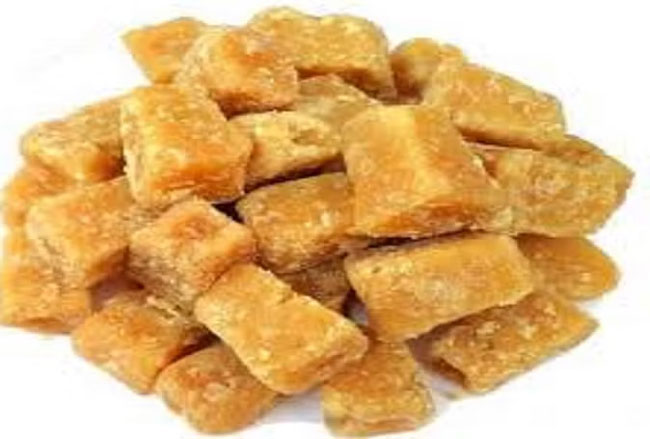Jaggery is a natural sweetener and a healthier alternative to sugar. However, if you’re buying jaggery from the market, there’s no guarantee of its purity. Many varieties of jaggery available in the market are adulterated. To address this, the Food Safety and Standards Authority of India (FSSAI) has provided methods to identify fake or adulterated jaggery. Here’s how you can detect impurities in jaggery.
Identifying Adulteration in Jaggery
Jaggery is a winter staple and a key ingredient in many traditional sweets, especially during festive seasons. Unfortunately, to enhance its weight and appearance, several substances like washing powder, chemicals, and starch are often mixed into jaggery. Here’s how you can spot these adulterants:
1. Starch Adulteration
To increase the weight of jaggery, starch is sometimes added. To test for starch:
- Dissolve a small piece of jaggery in water.
- If a residue remains at the bottom after dissolving, it indicates the presence of starch.
2. Oil Adulteration
Oil is mixed into jaggery to enhance its shine, color, and weight. To detect oil:
- Rub a piece of jaggery between your fingers.
- If it feels greasy or oily, it has been adulterated with oil.
3. Artificial Color Adulteration
Pure jaggery has a natural brown color. However, if it appears excessively dark, shiny, or has an unusual hue, it might contain artificial coloring agents.
4. Texture Adulteration
The texture of pure jaggery is neither too soft nor too hard. If gypsum has been added:
- The jaggery will either be excessively soft or overly hard.
Why Purity in Jaggery Matters
Jaggery is not just a sweetener; it’s a source of essential nutrients that promote good health during winter. Consuming adulterated jaggery can have adverse health effects, making it crucial to ensure its purity before use.
By following these simple tests, you can enjoy the benefits of natural, unadulterated jaggery and protect your health from harmful adulterants.




